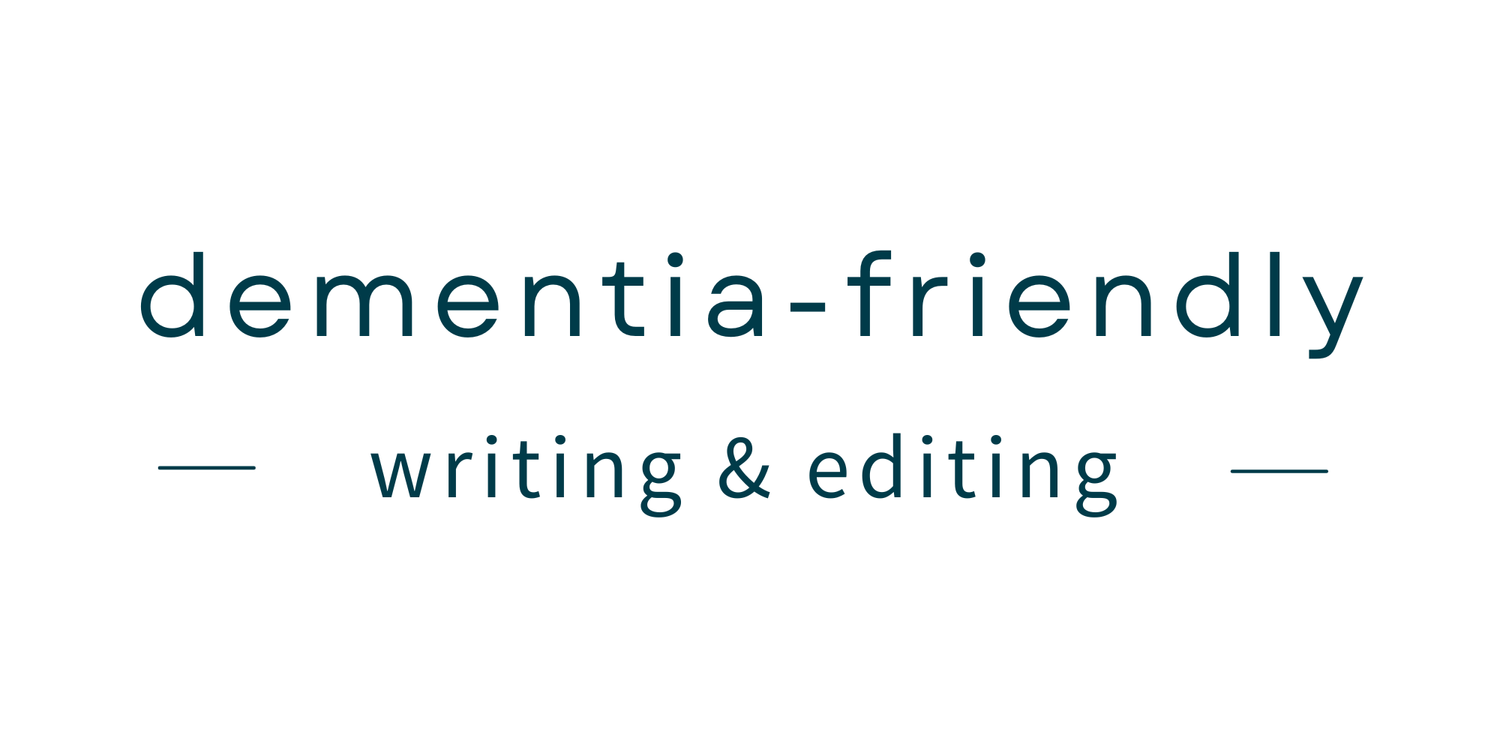Short sentences
Have you ever read a sentence in a document or instruction leaflet and struggled to follow what it means? Long or complicated sentences use more of our brain’s processing function than shorter ones, making them harder to understand.
If we’re reading fiction or academic texts, then we may have the time and motivation for complicated writing. But in daily life, we usually need to be able to understand written information quickly and clearly.
Accessible sentence length
People living with dementia can find long sentences with complex structures particularly challenging to follow. This is because they require a lot of working memory and short-term memory to process.
In fact, long sentences aren't just difficult for people who struggle with reading or have cognitive challenges. In general people scan information. It’s estimated that people only read about 25% of what’s on a page. So, communicating information quickly makes sense for all your readers.
Tips
Aim for sentences of around 15 to 20 words on average. You can vary sentence length, but try to keep to this overall average.
Split longer sentences into shorter, more manageable ones. This allows the reader to focus on one idea at a time and helps to reduce cognitive load.
Avoid unnecessary repetition.
Remove redundant words.
Use vertical lists rather than long strings of instructions.
“Nowadays, the average sentence length of editorials in ‘quality’ British newspapers like The Times rarely exceeds 20 [words]. Their authors know that busy readers can’t be bothered to concentrate on the discursive, multi-clause sentences that were once so common in literary works and the press.”
Sentence structure
You can also use sentence structure to make your writing more accessible. Simple sentence structures that follow a subject-verb-object pattern are easier to process and understand than complex sentences with various clauses. And use the active voice where you can.
Want more?
Come back next week for some more tips on making your writing accessible and inclusive to your customers, colleagues and consultees who are living with dementia.

